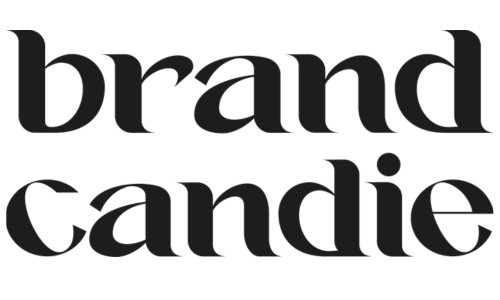Article: How Do I Choose the Right Packaging for My Product?
How Do I Choose the Right Packaging for My Product?
Let's talk about one of the most important yet often overlooked aspects of your product—its packaging. Whether you're launching a new product or rethinking your current packaging strategy, choosing the right packaging can make or break your brand. It's not just about aesthetics; it's about functionality, protection, and the unboxing experience that leaves a lasting impression on your customers. Ready to dive in? Let’s get started!
1. Understand Your Product's Needs
First things first, your packaging should cater to the specific needs of your product. Is it fragile? Does it need to be kept cool? Is it a luxury item that demands premium presentation?
Example: If you’re selling handmade candles, your packaging needs to protect against breakage and melting, while also showcasing the artisanal quality of your product.
Fact: According to a study by the Paper and Packaging Board, 72% of consumers say that packaging design can influence their purchasing decisions.
2. Know Your Audience
Your packaging should resonate with your target audience. Understanding who they are and what they value can guide your packaging decisions.
Example: If your audience is eco-conscious, consider using sustainable materials and highlighting this on your packaging. If they value luxury, invest in high-quality, sleek packaging that exudes sophistication.
Fun Fact: Nielsen reports that 66% of global consumers are willing to pay more for sustainable products. Packaging that emphasizes eco-friendliness can attract a broader audience.
3. Balance Functionality and Aesthetics
While your packaging needs to look good, it also needs to be functional. It should protect your product, be easy to store, and, ideally, be reusable or recyclable.
Example: Apple is known for its sleek, minimalist packaging that not only looks stunning but also protects its tech gadgets effectively. The unboxing experience is almost as important as the product itself!
Don’t sacrifice functionality for aesthetics. Find that sweet spot where your packaging looks great and serves its purpose perfectly.
4. Reflect Your Brand Identity
Your packaging is an extension of your brand. It should reflect your brand’s colors, fonts, and overall vibe. Consistency is key to building brand recognition.
Example: Tiffany & Co.’s iconic blue boxes are instantly recognizable and synonymous with luxury and elegance. The packaging itself has become a part of the brand’s identity.
Pro Tip: Invest in custom packaging that incorporates your logo and brand colors. This helps reinforce your brand identity every time a customer interacts with your product.
5. Consider the Unboxing Experience
The unboxing experience can be a powerful marketing tool. It’s your chance to create a memorable moment for your customers that they’ll want to share on social media.
Example: Subscription boxes like FabFitFun and Birchbox have nailed the unboxing experience. Their packaging is designed to create excitement and anticipation, making the unboxing an event in itself.
Fact: 40% of consumers say they would share an image of a product on social media if it came in unique, branded packaging. (Dotcom Distribution)
6. Evaluate Costs
Packaging costs can add up quickly, especially if you’re opting for custom designs or high-end materials. It’s essential to balance quality and cost-effectiveness.
Example: Startups and small businesses might opt for simple, yet sturdy packaging that protects the product and can be customized with affordable stickers or stamps to add a personal touch.
Pro Tip: Bulk purchasing can reduce costs significantly. Partner with reliable suppliers to get the best deals without compromising on quality.
7. Prioritize Sustainability
Consumers are increasingly conscious of their environmental impact, and sustainable packaging can be a significant selling point.
Example: Brands like Lush and Patagonia use minimal, recyclable packaging to align with their eco-friendly values, attracting like-minded customers.
Fun Fact: The global sustainable packaging market is expected to reach $341.71 billion by 2026, reflecting growing consumer demand for eco-friendly options.
8. Test and Get Feedback
Before you finalize your packaging, test it out. Get feedback from a sample group of your target audience to see what works and what doesn’t.
Example: Send prototypes to a select group of customers and ask for their honest opinions. Use their feedback to refine your packaging until it’s just right.
Don’t be afraid to iterate. Your first packaging design might not be perfect, and that’s okay. Use feedback as a tool for continuous improvement.
Conclusion
Choosing the right packaging for your product is a blend of art and science. It’s about understanding your product’s needs, knowing your audience, and creating a balance between functionality and aesthetics. Remember, your packaging is often the first physical touchpoint your customers have with your brand—make it count!
So, roll up your sleeves, get creative, and design packaging that not only protects and presents your product but also leaves a lasting impression.

